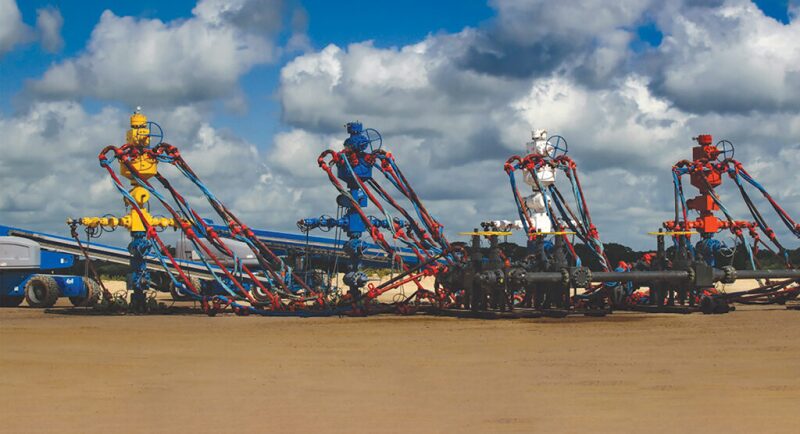Salt water, produced water, waste water, oilfield brine—regardless of what you call it, large volumes have been coproduced with oil in the US for decades. But the volumes have surged in the past few years and doubled since 2009, along with widespread seismicity in some regions, most notably Oklahoma and, more recently, the Permian Basin. The increase in produced water and concerns about its effects have recently spawned a new business sector known as “the water midstream.”
An estimated $9 billion to $11 billion of private capital has been committed to the oilfield water midstream business to date, and a further $16 billion is projected to be required. The value proposition for this business is optimizing the treatment and disposal of produced water, currently at water/oil ratios of approximately 4:1 for unconventional wells and 13:1 for conventional, at scale.


